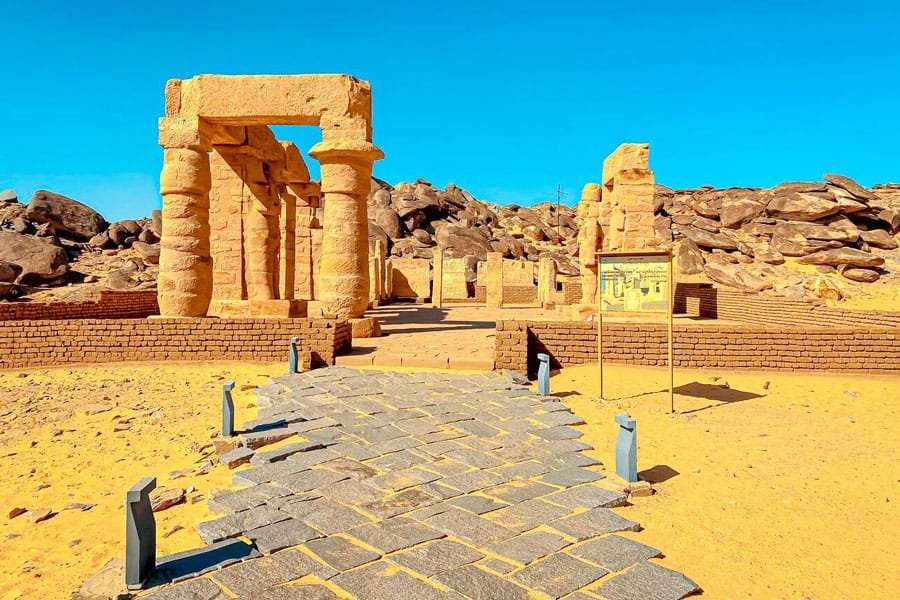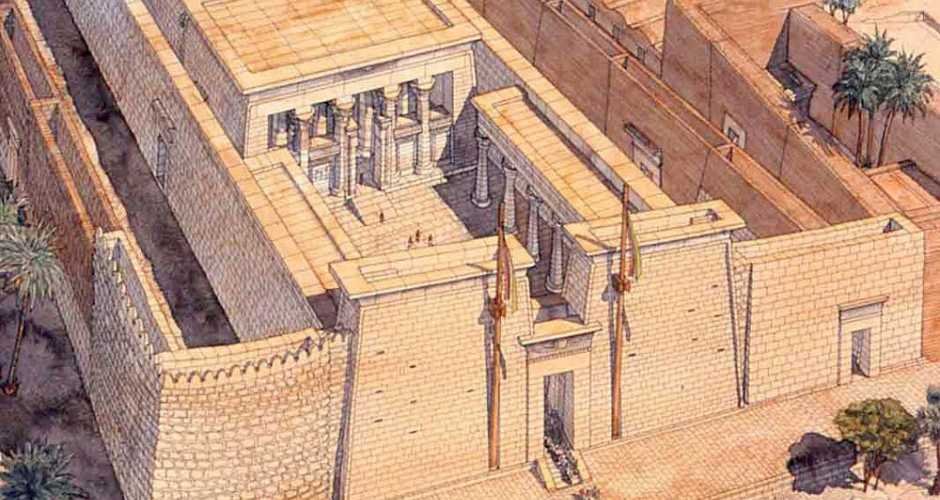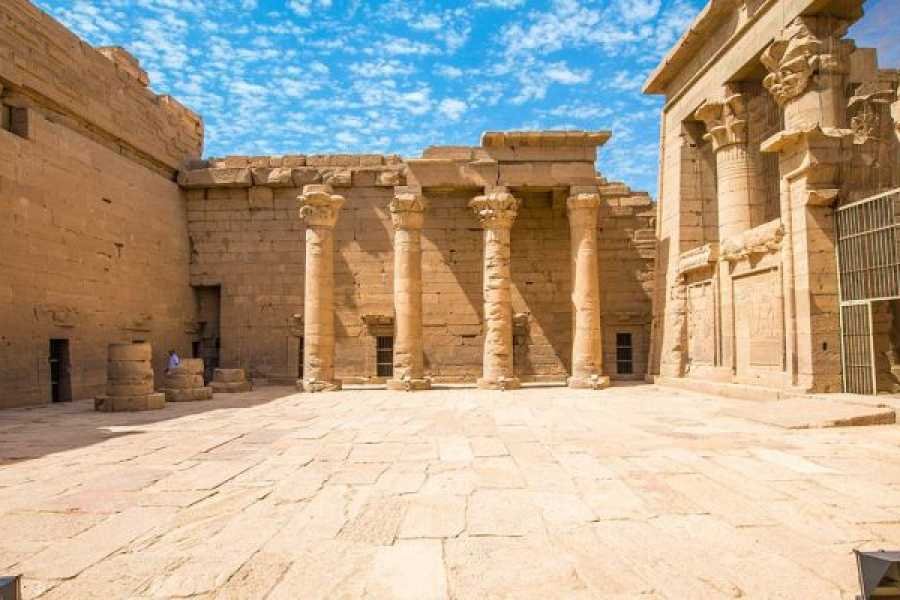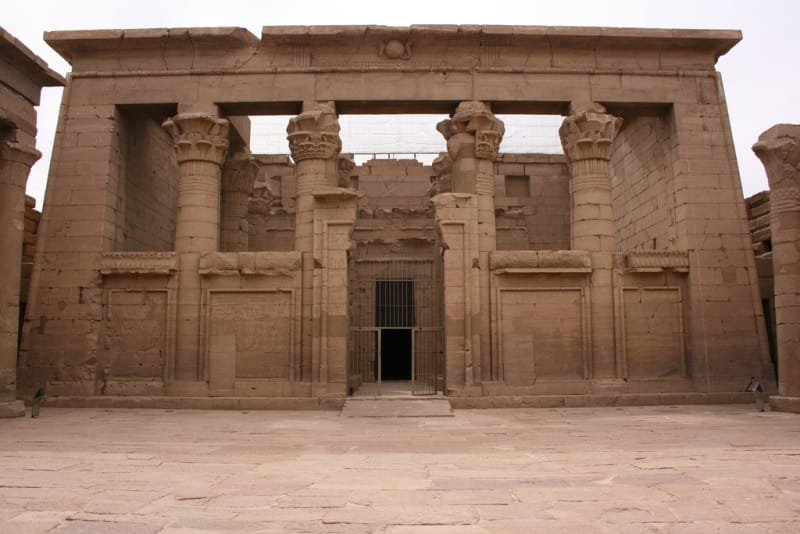The Kalabsha Temple is one of Egypt’s most remarkable ancient monuments, located near Lake Nasser, just south of Aswan. The temple is an extraordinary example of Nubian architecture and serves as a testament to the rich cultural and historical connections between Egypt and Nubia. It was originally built during the reign of Roman Emperor Augustus (around 30 BCE to 14 CE), but it is rooted in the ancient Egyptian tradition. Today, Kalabsha Temple is one of the most famous and well-preserved monuments in the region, offering visitors a glimpse into Nubian and Egyptian religious practices, architecture, and history.
The temple’s location on the western bank of Lake Nasser makes it one of the few temples that were not submerged when the Aswan High Dam was constructed in the 1960s, which led to the creation of the massive lake. This fact alone makes Kalabsha Temple one of the most important archaeological sites that remained intact during the flooding. In addition, the temple was moved in the 1960s from its original location, as the rising waters of Lake Nasser threatened its preservation, making it one of the largest monuments to be relocated in modern history.
Kalabsha Temple is also sometimes referred to as the Temple of Mandulis after the Nubian sun god, who was worshipped in the area. The temple’s intricate architecture, hieroglyphic inscriptions, and impressive reliefs offer a unique insight into the religious practices of the time and the cultural exchange between the Roman Empire and ancient Egypt.








